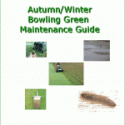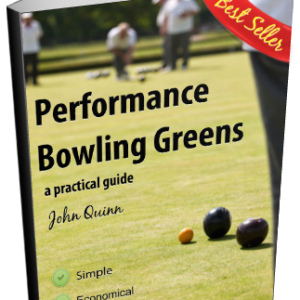The agronomic advice received by many clubs with regard to winter maintenance is just wrong and no where is this more prevalent than in the advice given about fungal disease prevention.
A healthy, living soil contains many different types of fungi and only a few of them are potentially harmful to the green.
If the green and soil are maintained in a healthy condition, even the potentially harmful fungal pathogens like fusarium, take all patch, dollar spot, anthracnose etc, although probably still present, pose no real threat to the turf.
The soil under your green when in its natural state is a little eco-system all of its own and the balance of this eco-system is easily destroyed by clumsy maintenance practices.
Soil micro-organisms and all manner of beneficial fungi need to thrive under there to make your green work the way it should i.e. to a high standard with the minimum of chemical intervention. Beneficial soil fungi actually work with grass plants to help them take up essential nutrition from the soil.
For this reason, even a green that is knackered and at the very beginning of the Performance Greens turnaround process should not be subjected to blanket applications of any fungicide.
This is because broad spectrum fungicides are pretty blunt instruments and don’t differentiate between good and bad fungi, meaning that every blanket application is essentially turning your green away from the door at the Performance Greens Annual Dance!
The whole process of decline in greens due to “traditional” maintenance is detailed here.
The recovery process is outlined here.
One reader told me of his recent bill for fungicide totalling over £800; for a tiny fracftion of that money you can get yourself a map out of this madness here.


